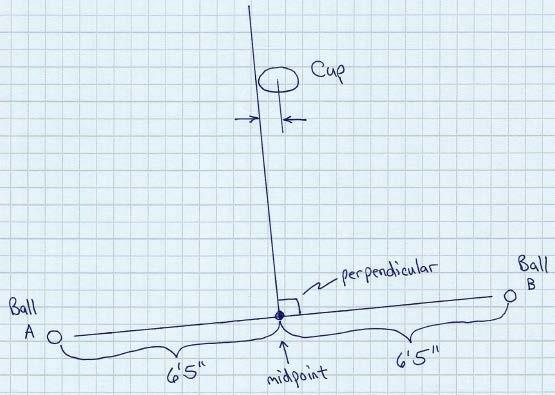Golf, Geometry, and Kinematics: The Science Behind a Perfect Swing
Understanding the science behind the perfect golf swing involves a combination of geometry and kinematics. The way a golfer swings the club, the angles involved, and the resulting motion of the ball are all influenced by these principles. Let’s delve into how geometry and kinematics play a crucial role in mastering the art of golf.
**Angles and Geometry**
Geometry plays a fundamental role in determining the optimal angles for a successful golf swing. The angle of the clubface, the angle of the shaft, and the angles formed at the wrists all impact the direction and distance of the ball.
For instance, the angle of the clubface at impact with the ball greatly influences its trajectory. A closed clubface will often result in a shot veering to the left (for a right-handed golfer), while an open clubface tends to send the ball to the right. Understanding these angles and how they affect ball flight can help golfers make adjustments to improve their accuracy.
Moreover, the geometry of the golf swing itself is crucial in generating power and speed. The swing plane, the position of the body in relation to the ball, and the arc of the clubhead all rely on geometric principles to produce a consistent and efficient swing.
**Kinematics and Motion**
Kinematics, the study of motion without considering its causes, is another key aspect of mastering the golf swing. The sequence of movements, the speed of the clubhead, and the transfer of energy from the body to the club are all governed by principles of kinematics.
The rotation of the body, the extension of the arms, and the acceleration of the clubhead are all components of the golf swing that can be analyzed through kinematic principles. By understanding these movements, golfers can refine their technique to maximize speed and power.
The concept of kinematic sequencing is particularly important in the golf swing. The proper sequence of movements, from the lower body to the upper body to the arms and club, ensures that energy is transferred efficiently and results in a powerful and controlled swing.
**Putting it All Together**
By combining the principles of geometry and kinematics, golfers can work towards achieving a more consistent and effective golf swing. Understanding the angles and geometric aspects of the swing, as well as the motion and kinetics involved, can lead to improvements in accuracy, distance, and overall performance on the course.
Practicing with a focus on these scientific principles can help golfers identify areas for improvement and make targeted adjustments to their technique. Whether it’s honing the angle of the clubface, refining the sequencing of movements, or optimizing the geometry of the swing plane, incorporating these insights can elevate a golfer’s game to new heights.
In conclusion, the marriage of geometry and kinematics is essential in unlocking the secrets of a perfect golf swing. By studying and applying these scientific principles, golfers can enhance their understanding of the mechanics behind the swing and ultimately improve their performance on the course. Mastering the science of golf leads to a deeper appreciation of the sport and a more fulfilling golfing experience overall.

